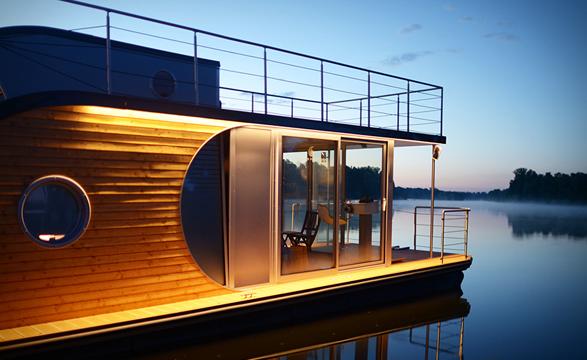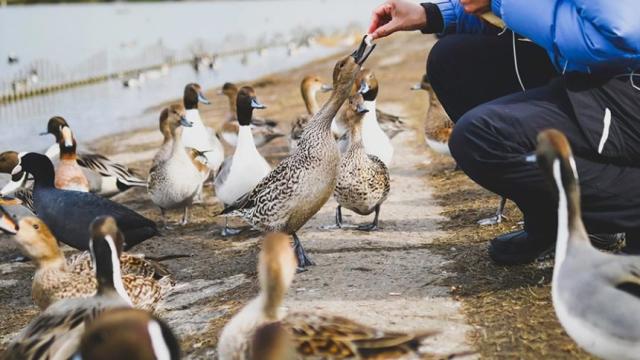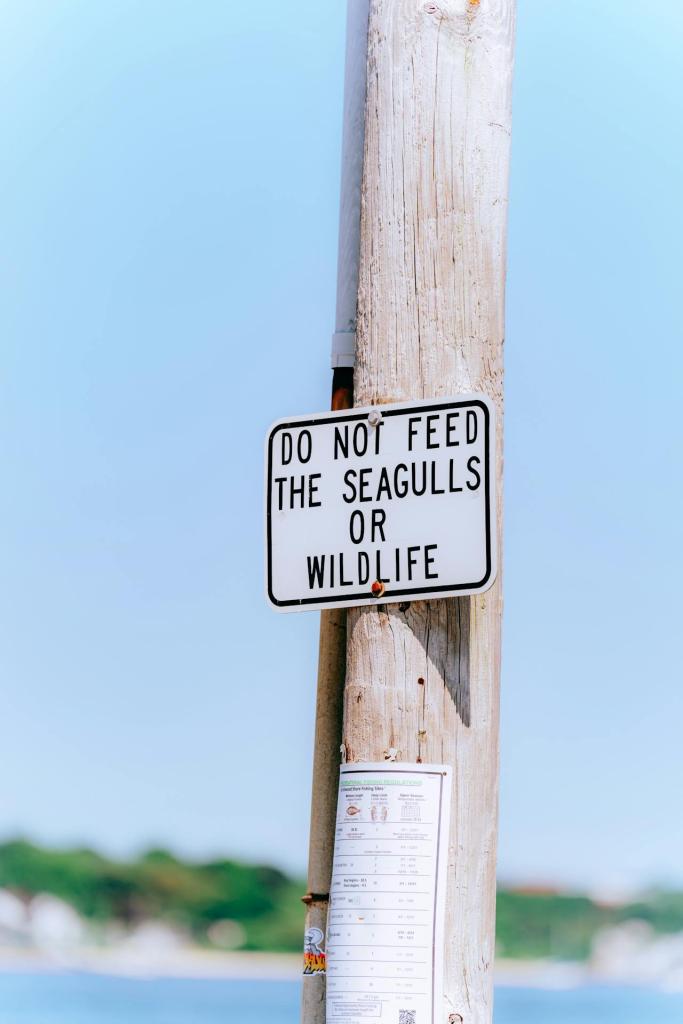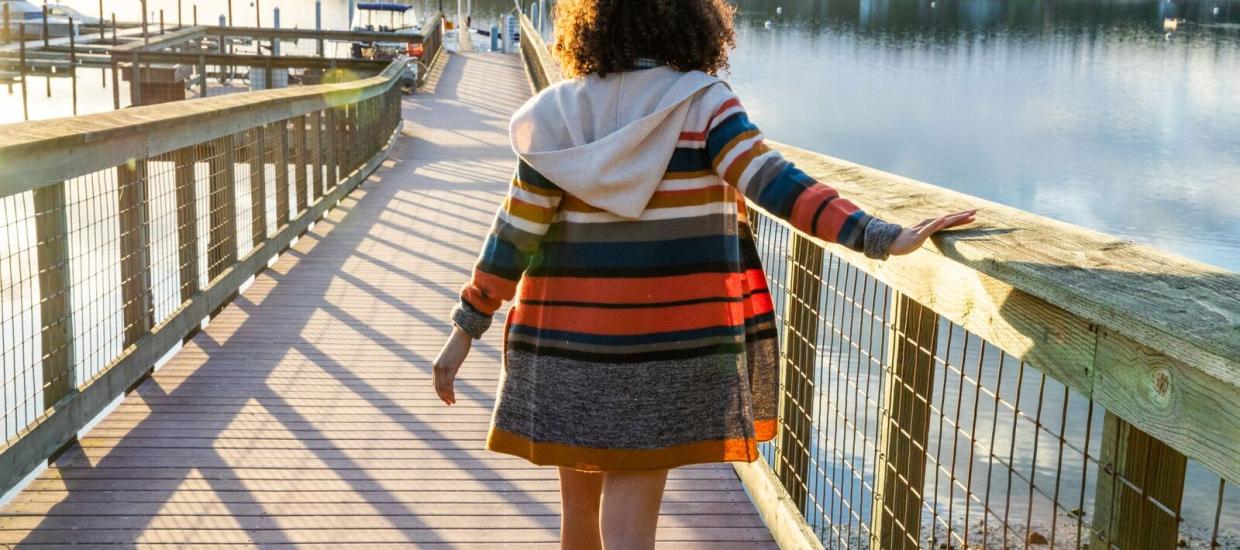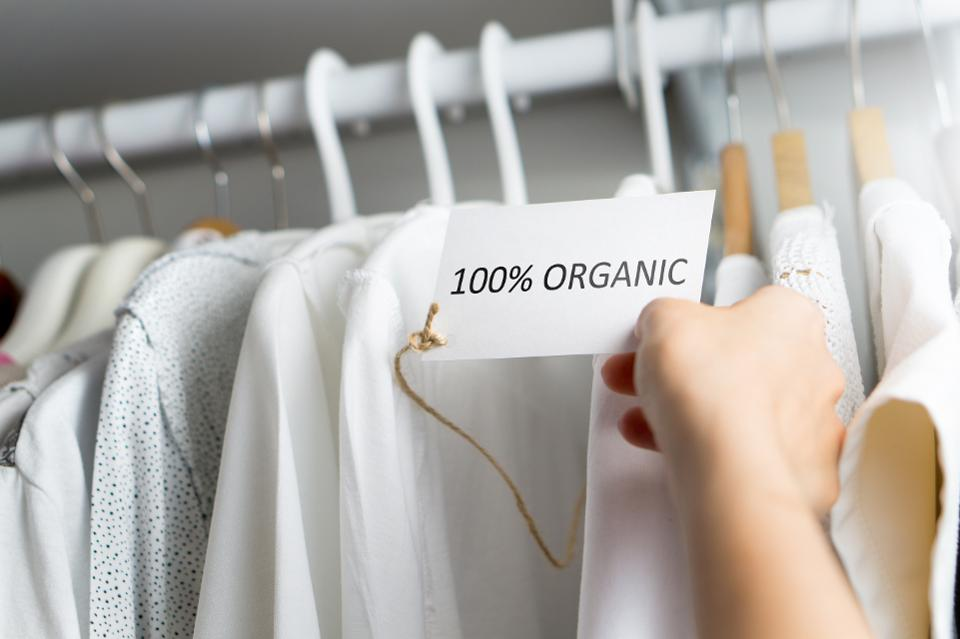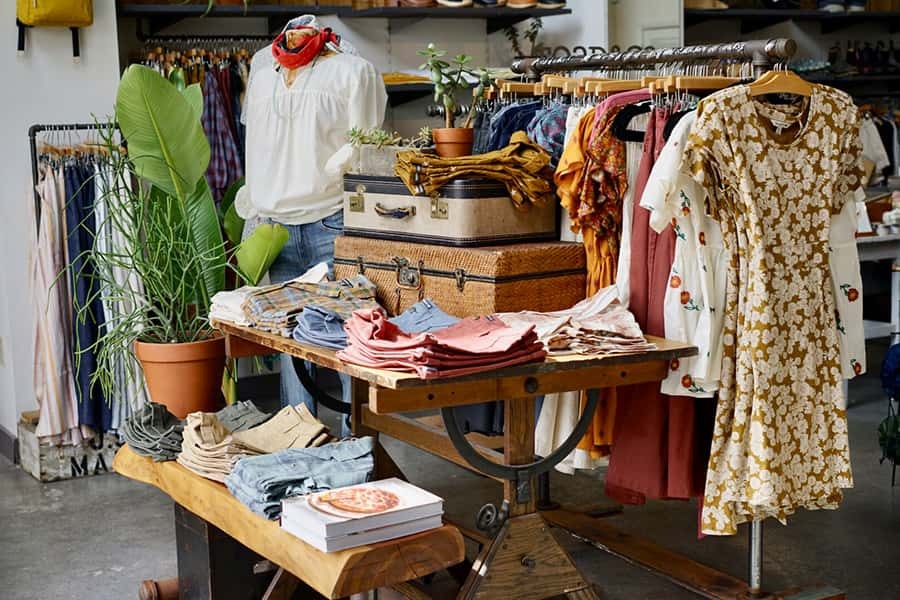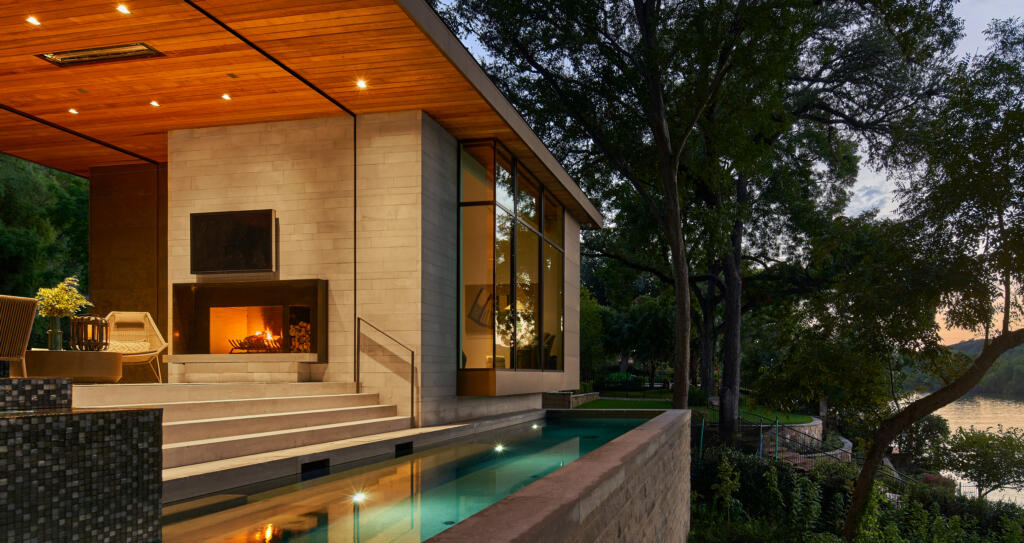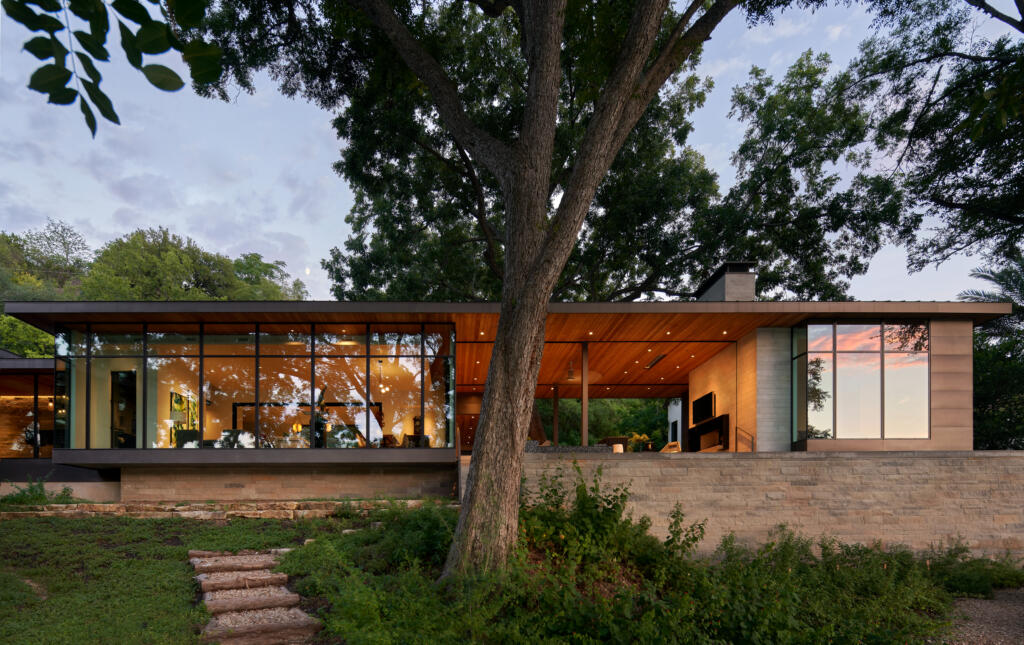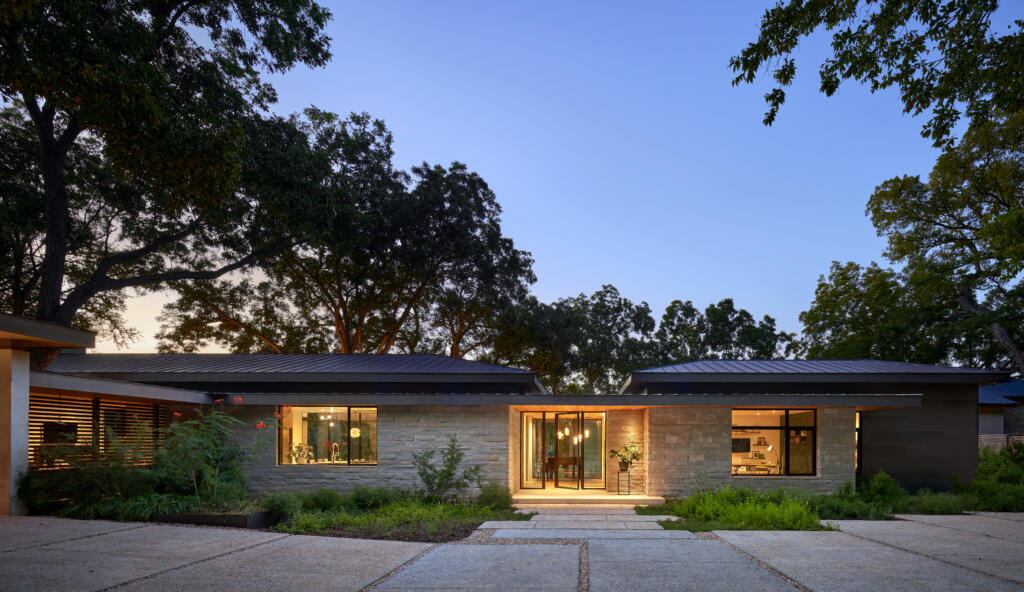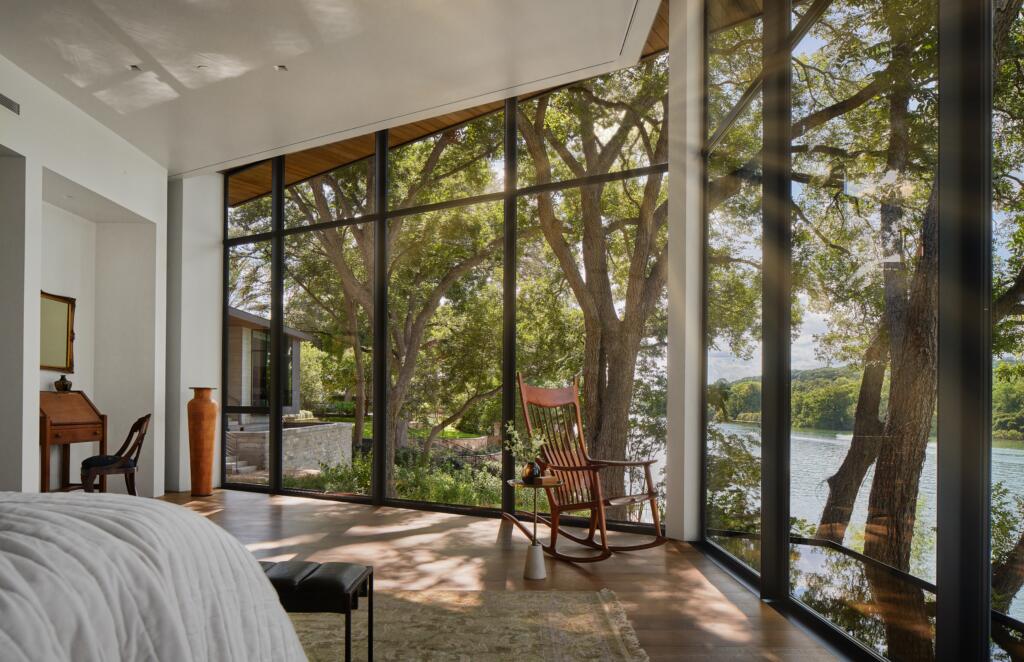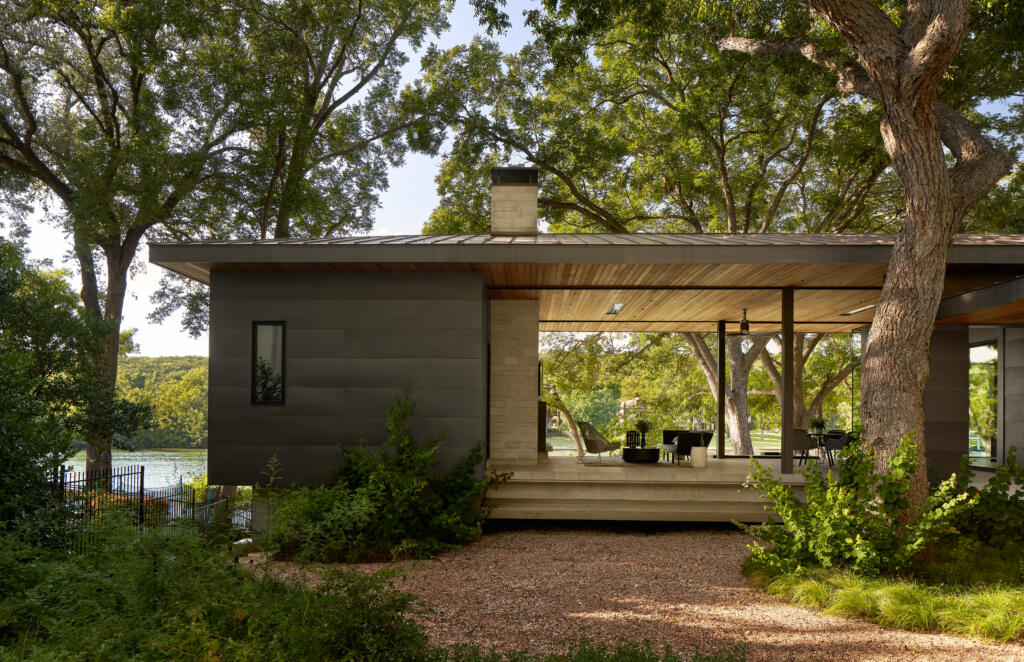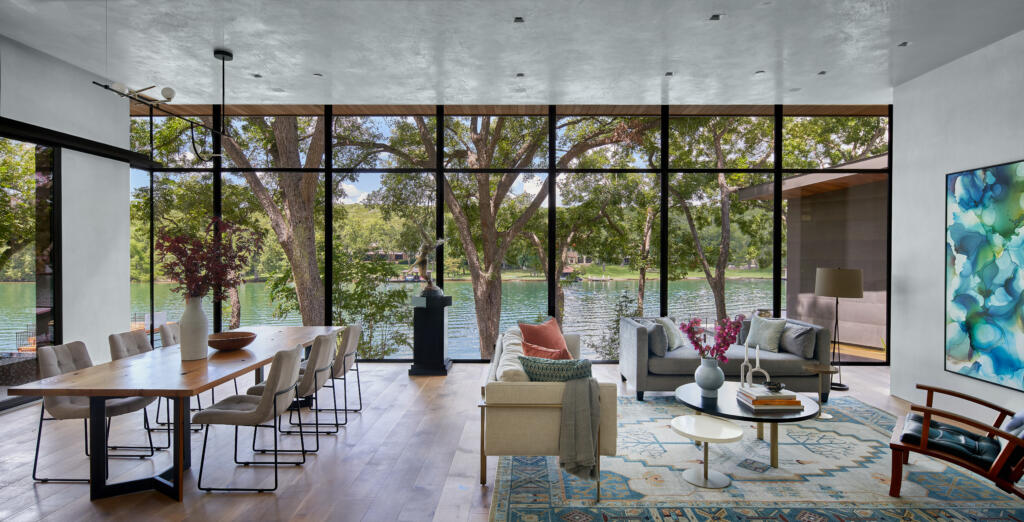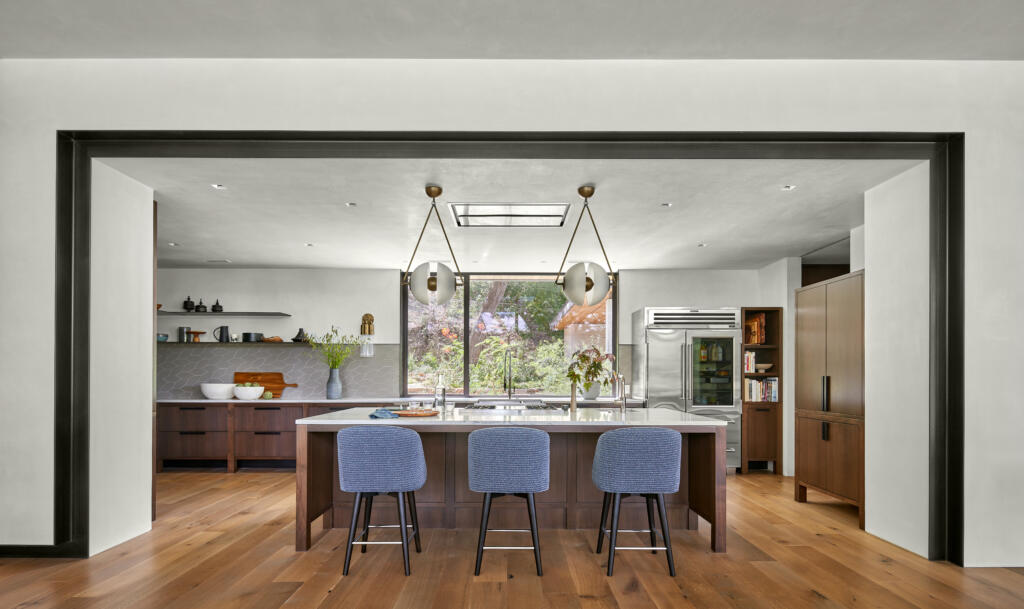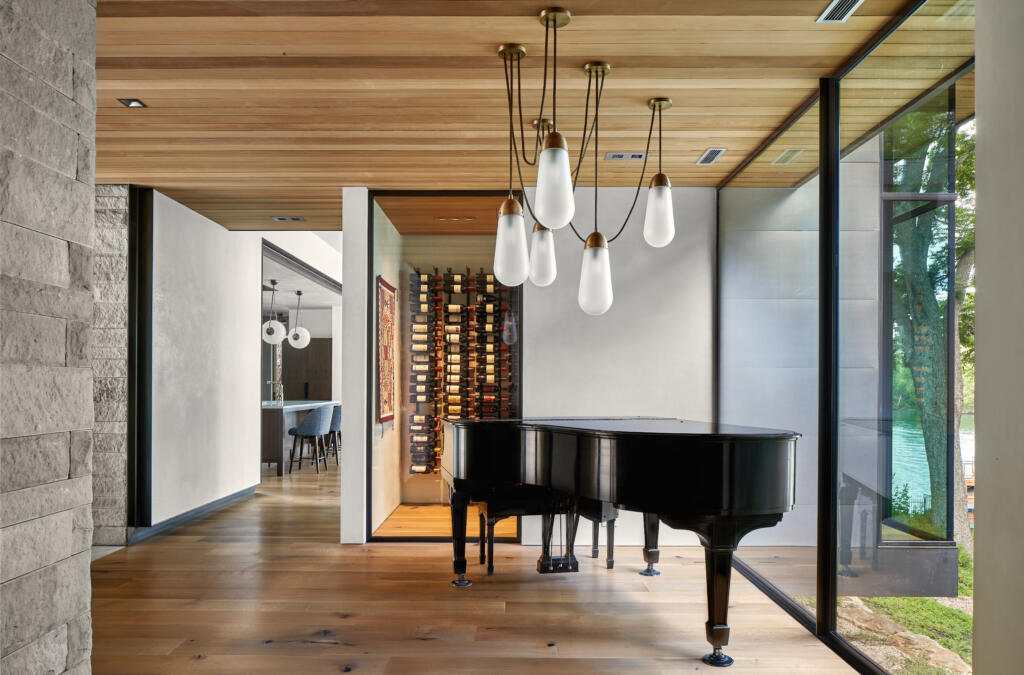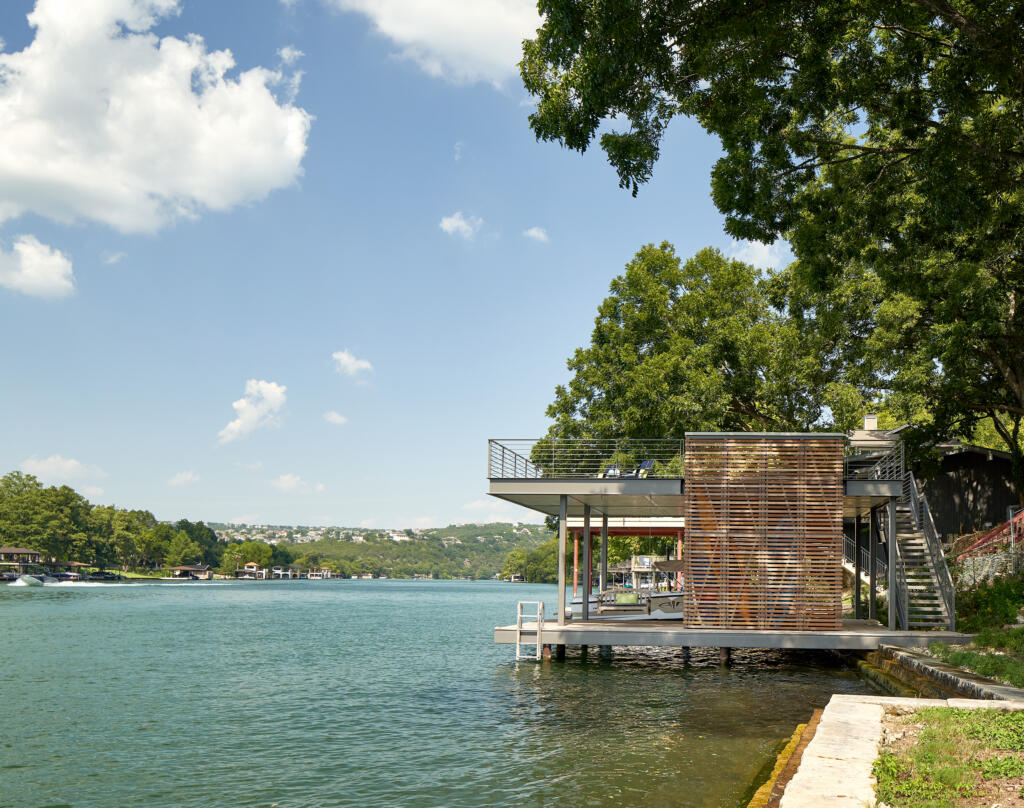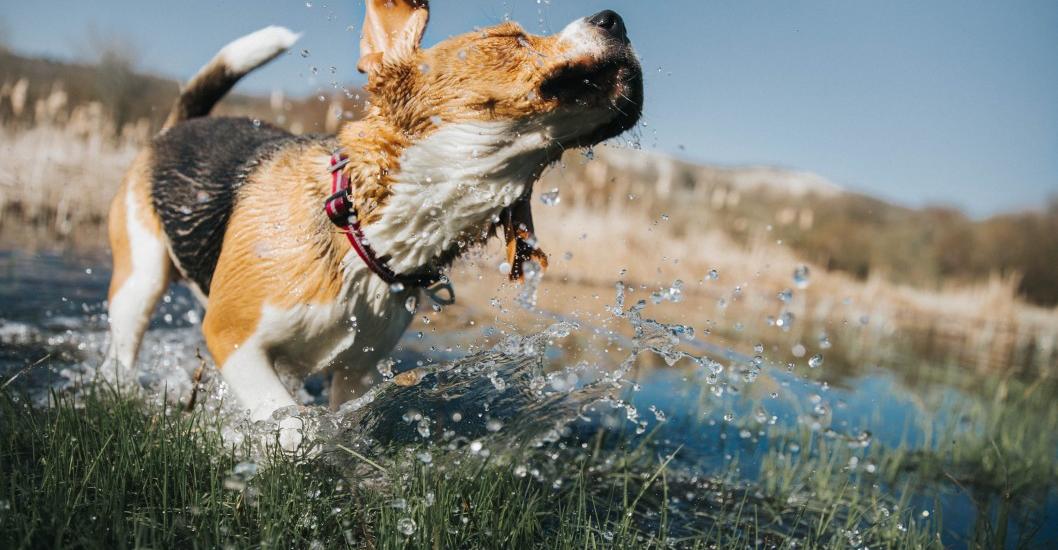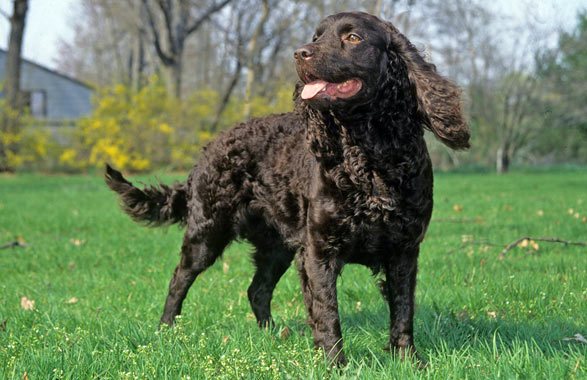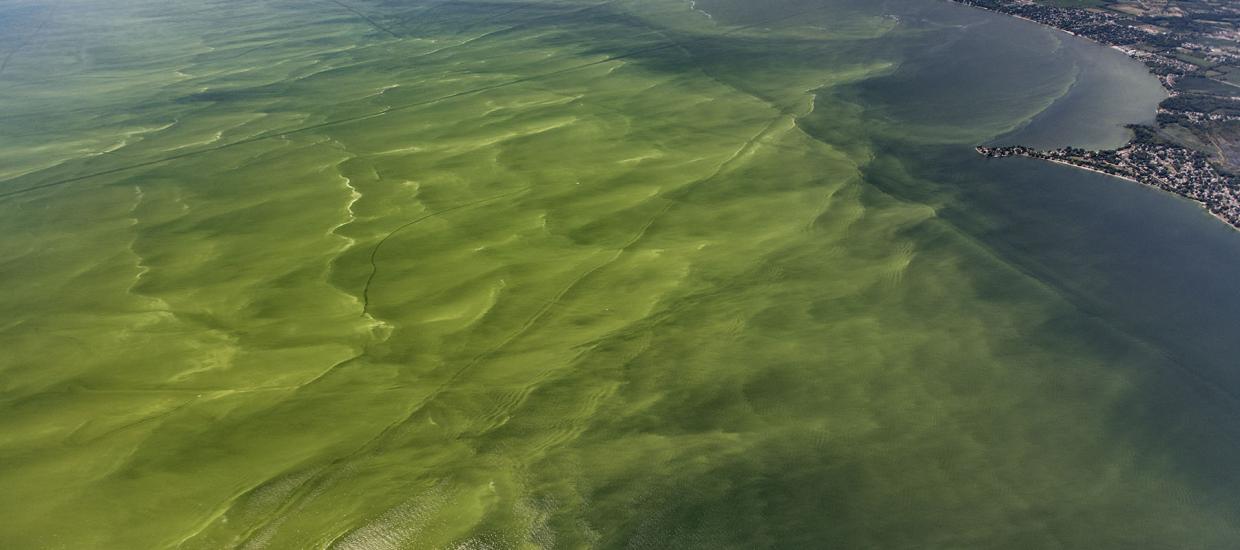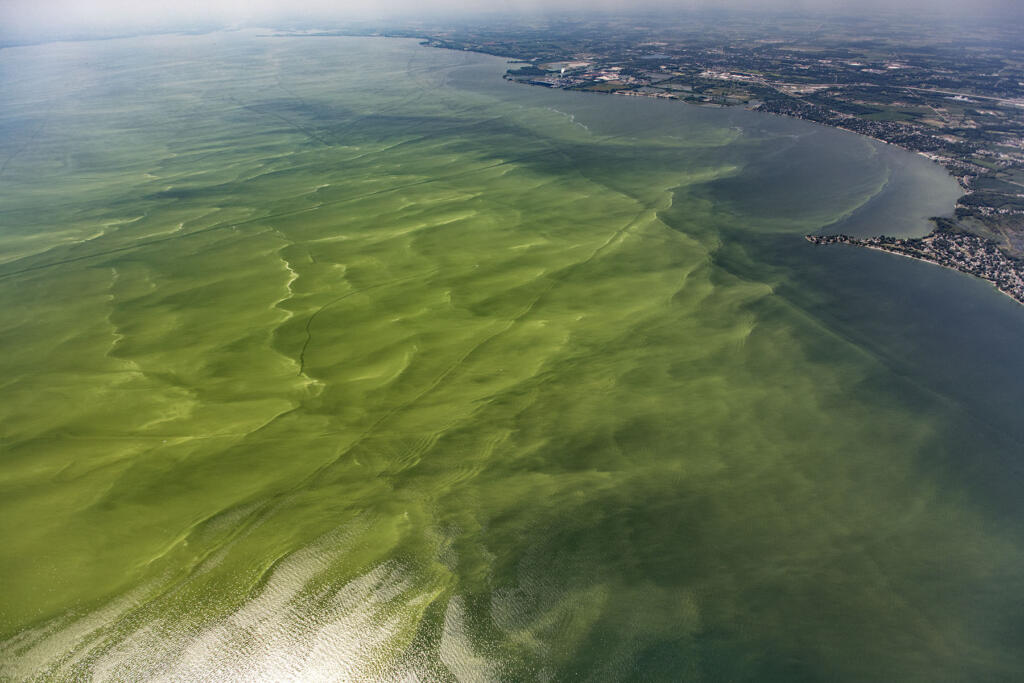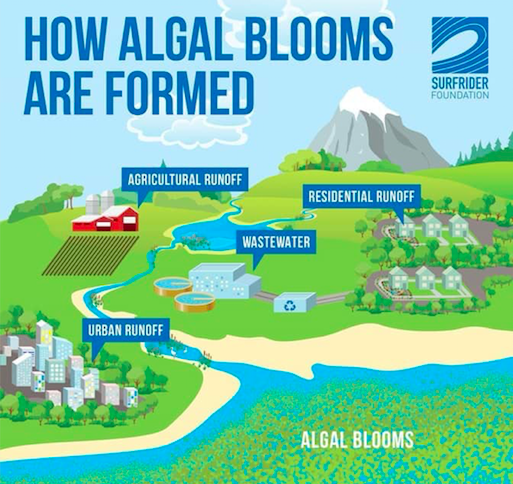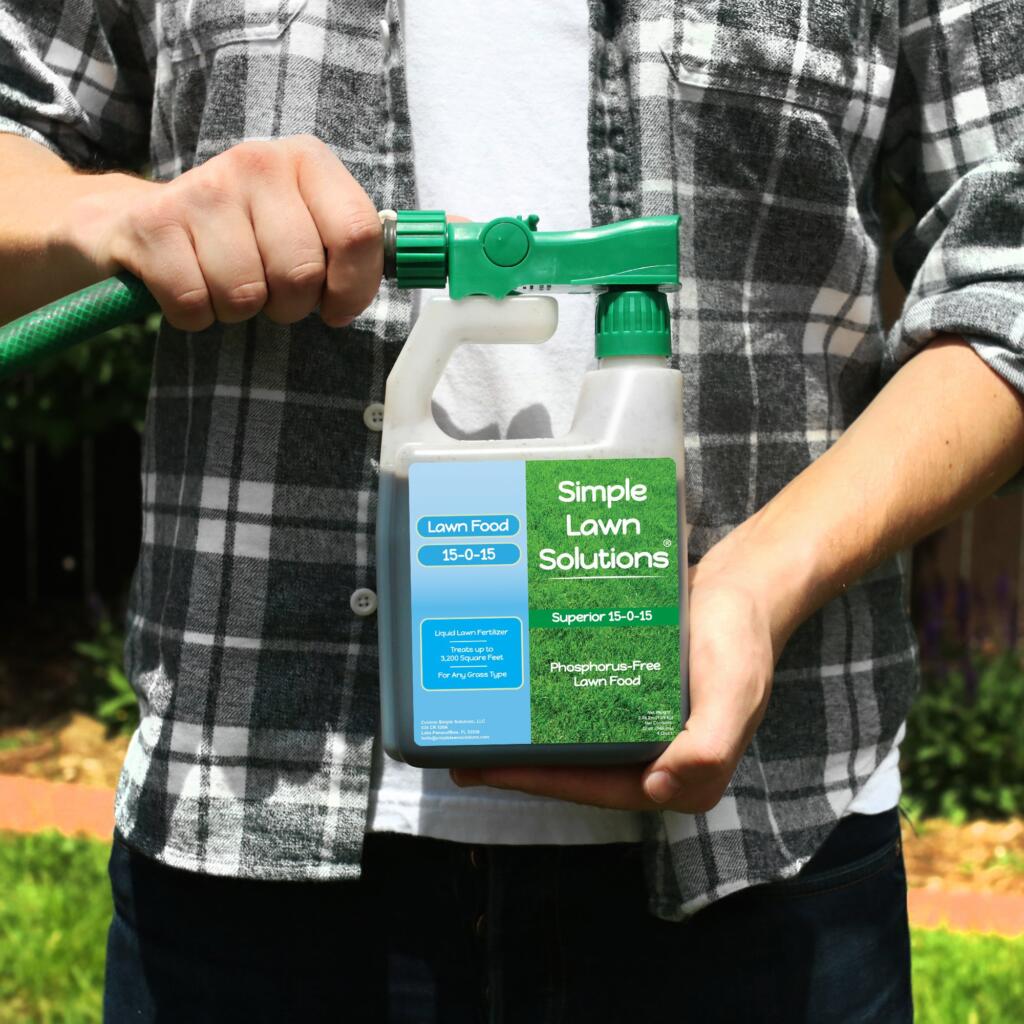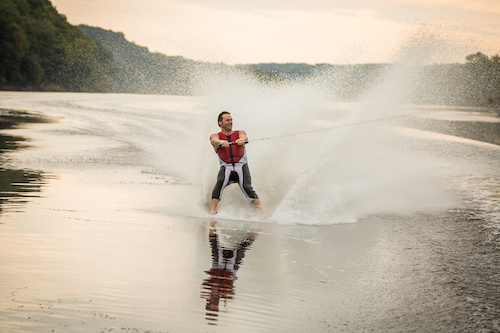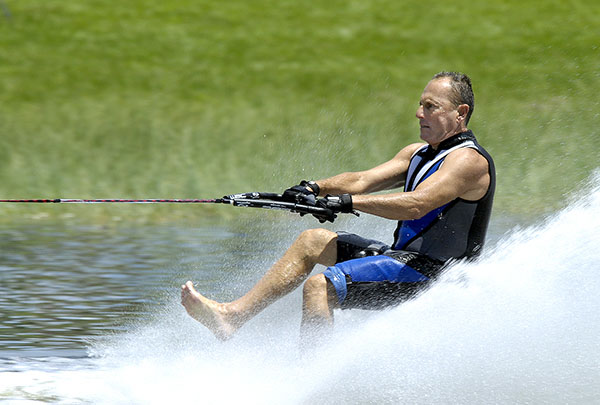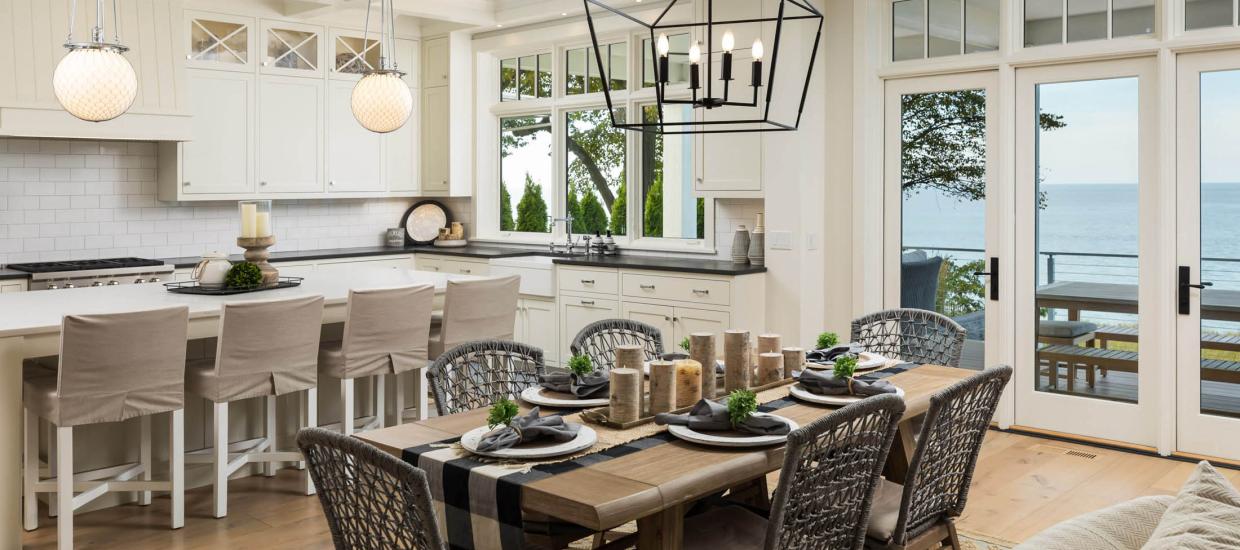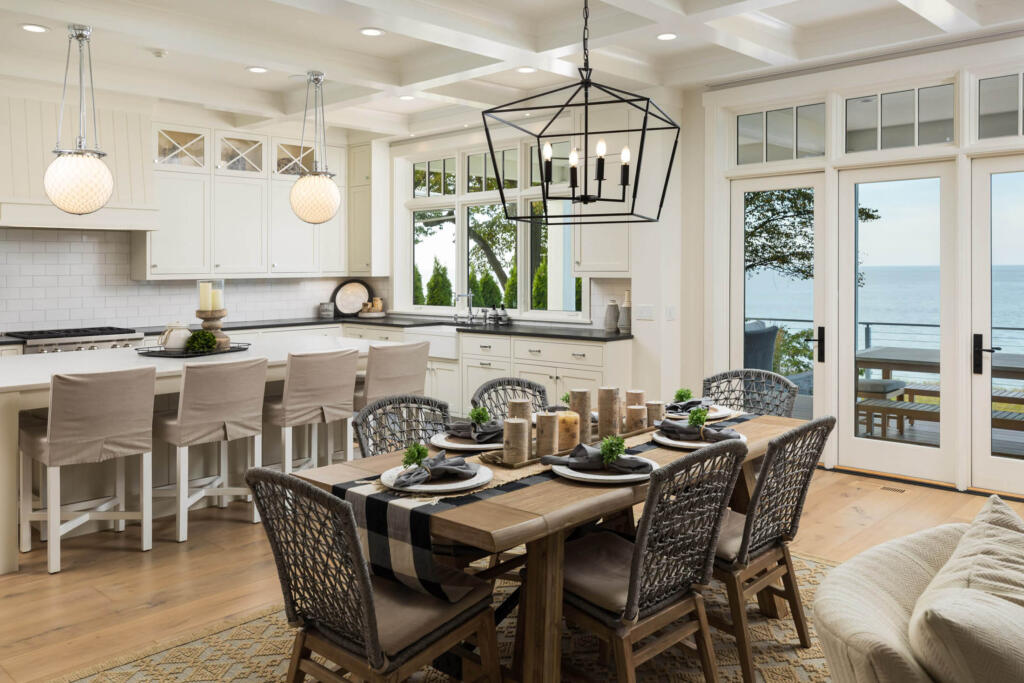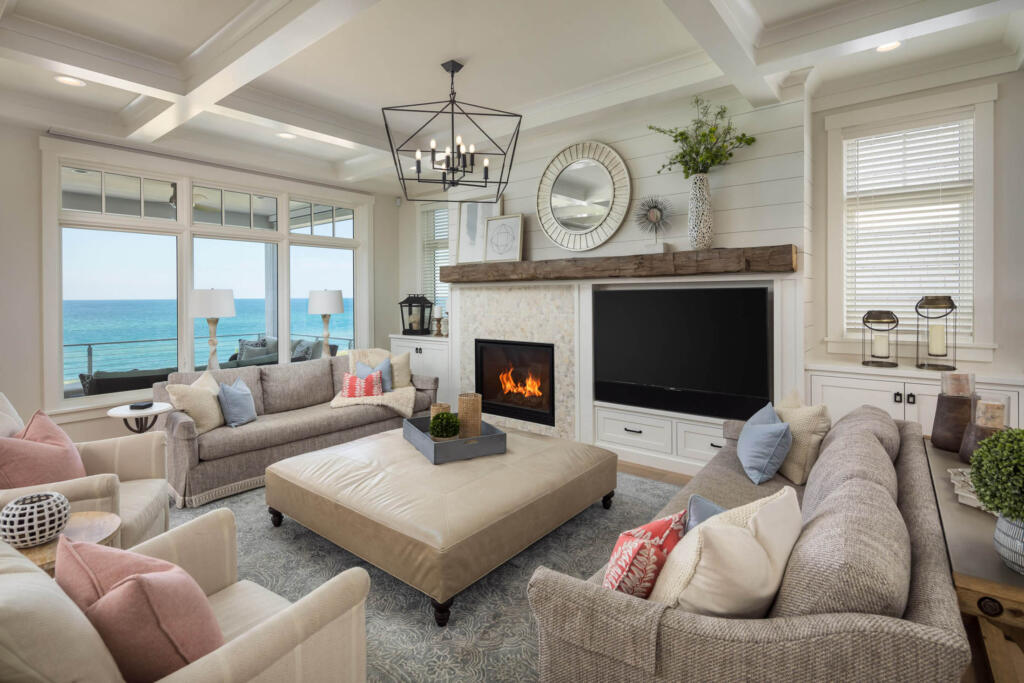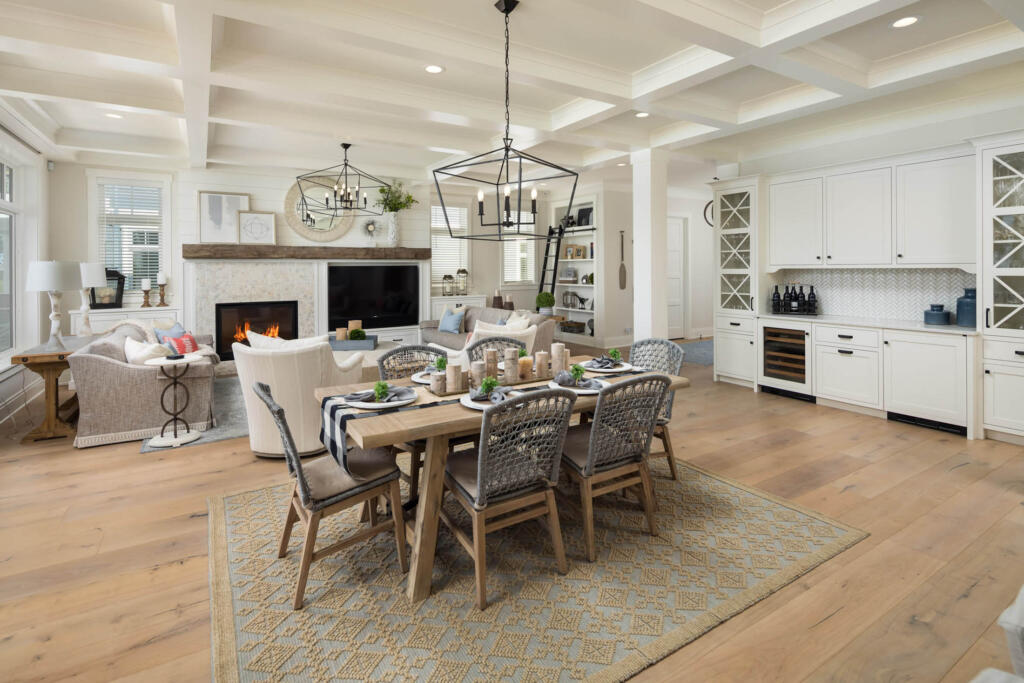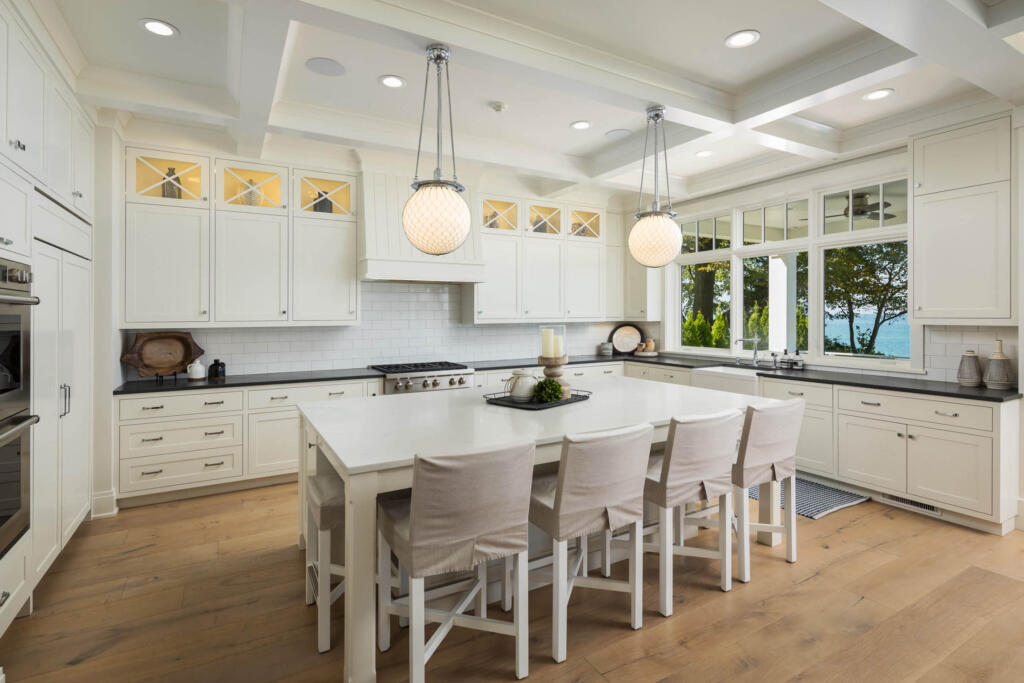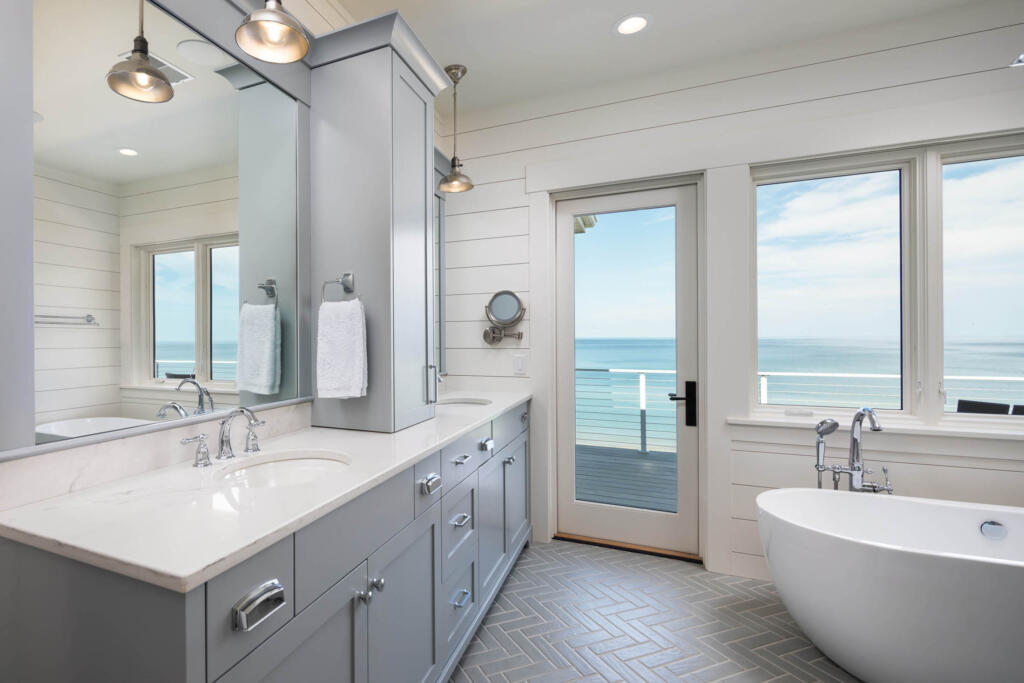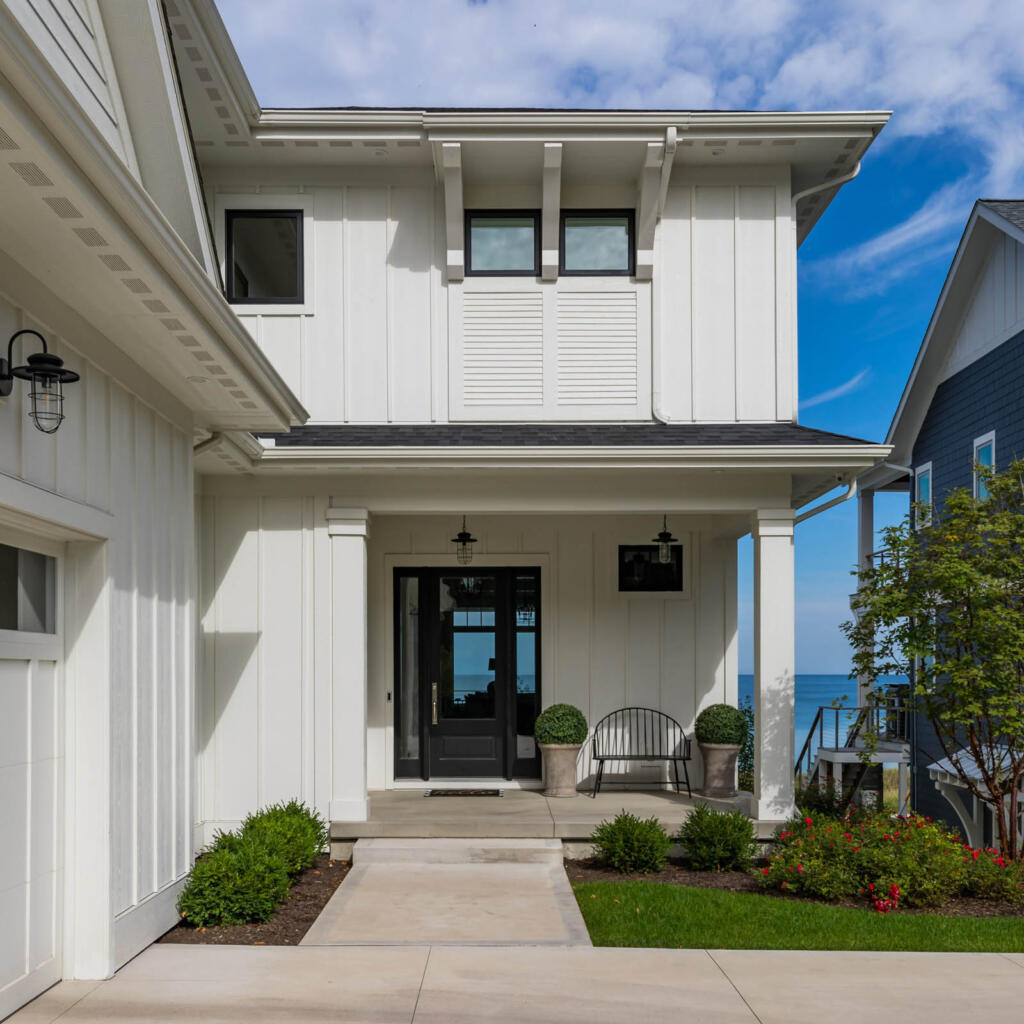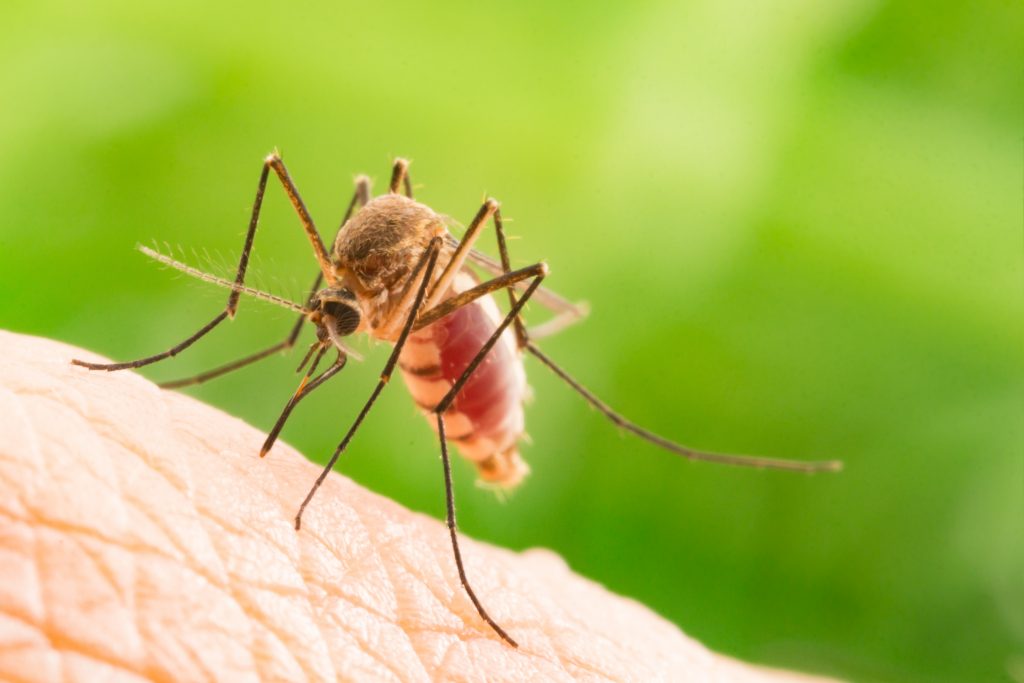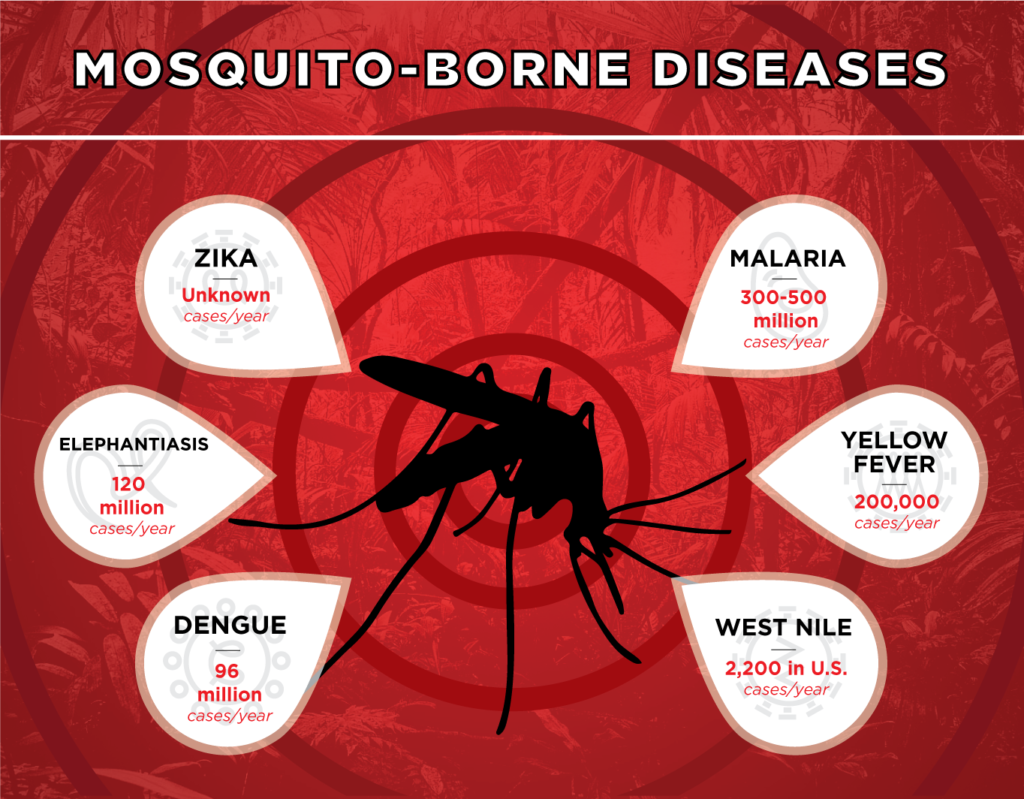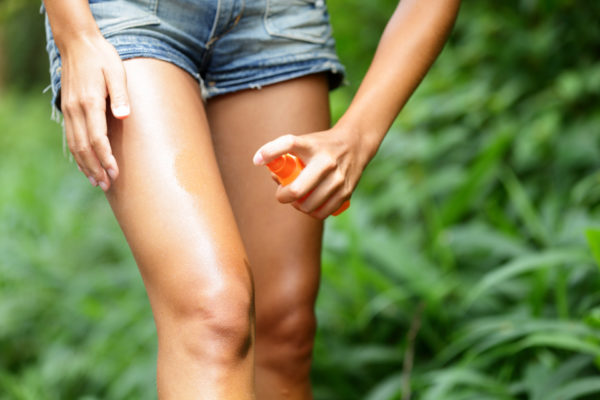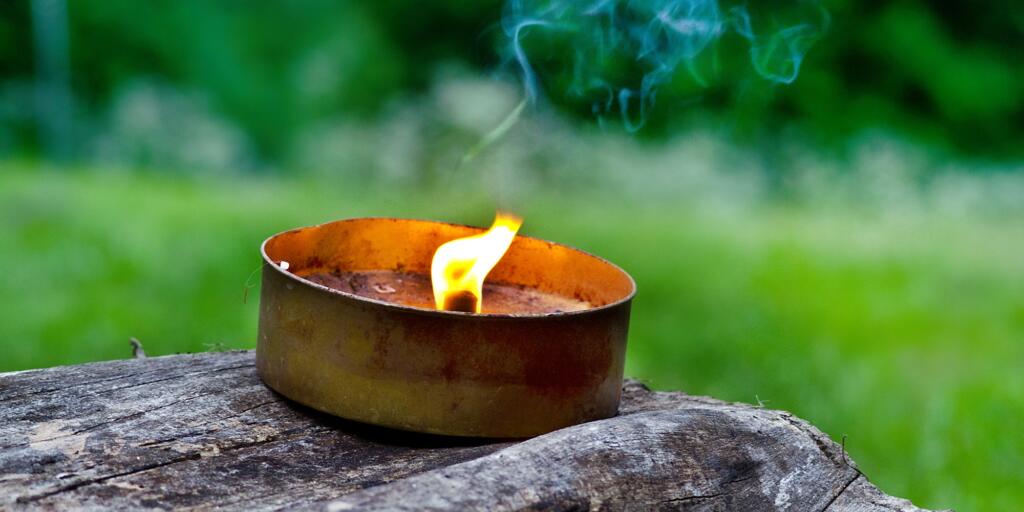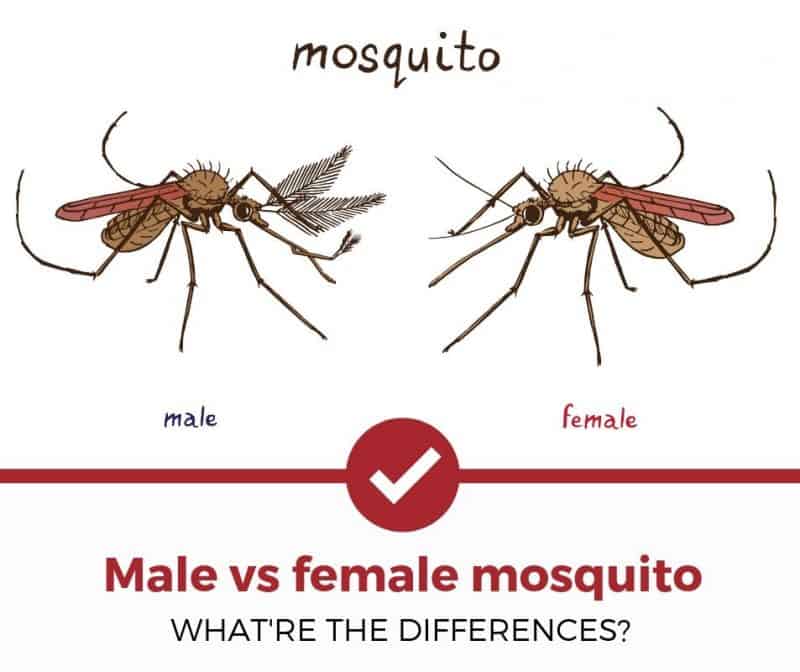Estimated reading time: 5 minutes
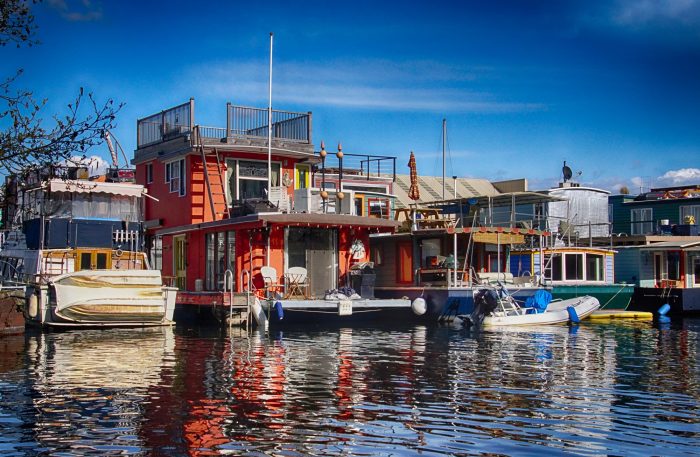
For most of us, living on the lake is a dream. But have you ever considered living on the lake? Enter the houseboat. Broadly defined as any kind of floating home, they are typically used for recreational purposes in the U.S. and Canada. However, many people live on a houseboat full time. If you’re curious about the houseboat lifestyle, it’s important to know some basic information to determine whether it’s for you. Thomas Jepsen, architect and founder of Passion Plans, says, “If you’re looking to buy a houseboat, the questions you have to ask yourself are more complicated than the ones you need to ask yourself if you’re buying a house.” At Lake Homes Realty, we’re here to cover some common questions about living on a houseboat.
What is the Typical Cost of Living on a Houseboat?
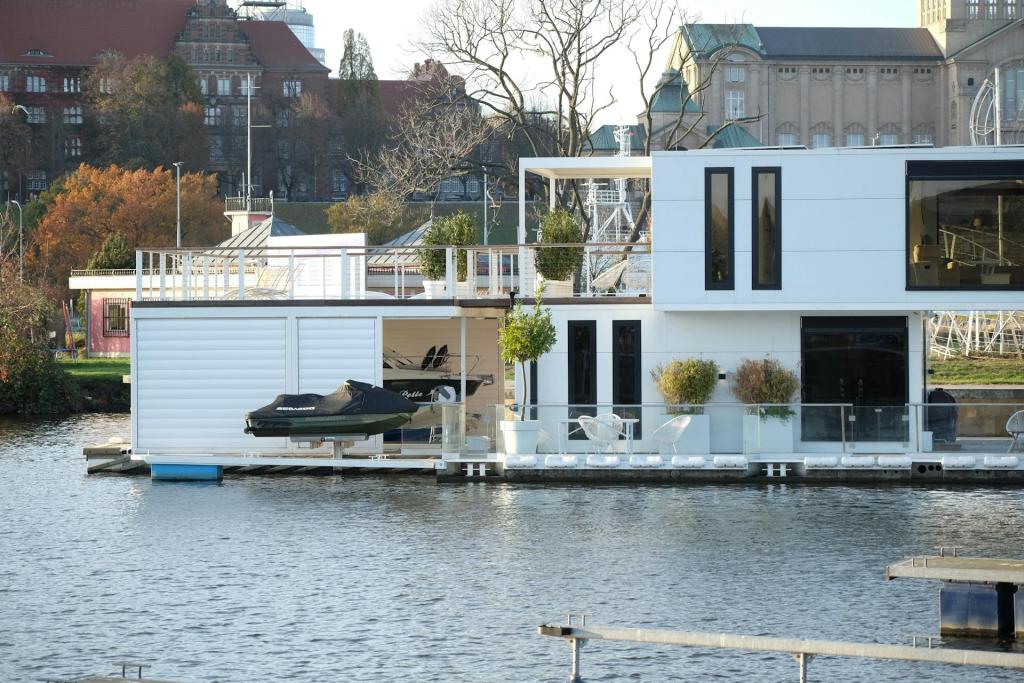
Broadly speaking, the average houseboat costs $50,000. While this is still much less than a lake house, even in affordable lake areas, the cost can fluctuate. For example, if you’re aiming for a slightly less glamorous yacht, you’re looking at a much higher cost. However, you can expect to pay around $50,000 for an average 600-square-foot houseboat.
What are Other Financial Considerations?
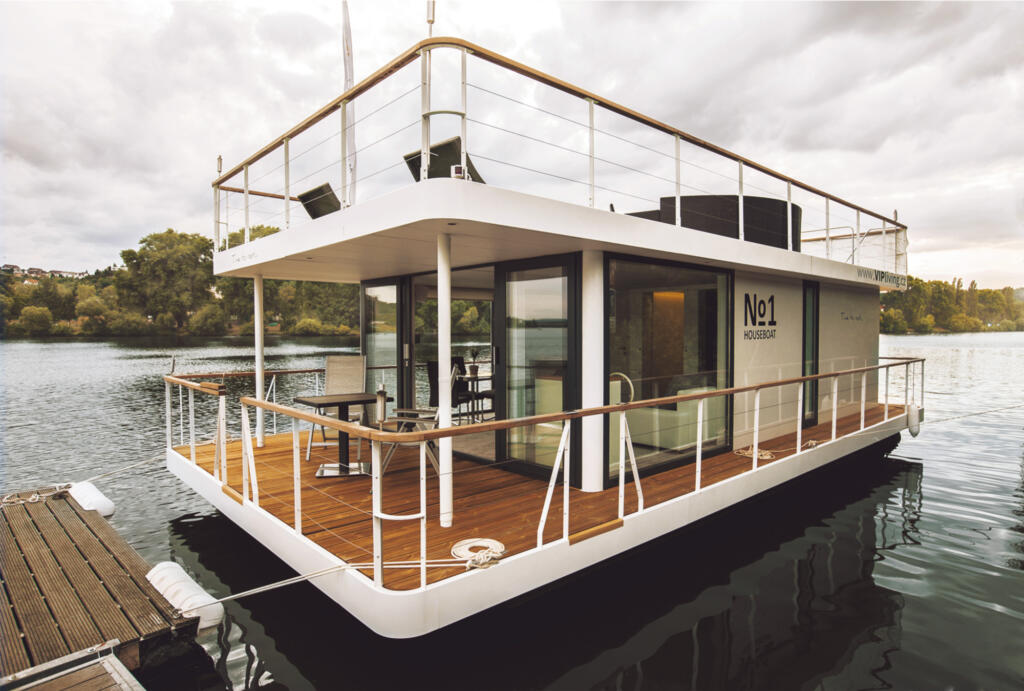
When thinking about the cost of living on a houseboat, it’s crucial to understand the distinction between a houseboat and a floating home. While a houseboat is more akin to a pontoon with a roof, a floating home is a stationary barge tied to a dock. A houseboat has an engine while a floating home doesn’t, making a houseboat essentially the water version of an RV. The distinction is important if you’re planning on getting a mortgage. While you can usually get a mortgage on a floating home, it’s a bit more difficult for houseboats. You may need to prepare to pay upfront!
However, one benefit of a houseboat compared to a traditional lake home is the lack of property taxes. Unlike a standard lake house, there are no property tax fees with a houseboat. The only expected costs (aside from possible one-time expenses such as repairs) are slip fees or dock rental fees, insurance, and sales tax. A more unpleasant expense is regular payments to have the sewage pumped!
How Should I Design My Houseboat?

Interior decor is a whole different ball game when you’re living on a houseboat. First off, there’s a much smaller space to design, so every square inch counts. As such, open-concept design is popular among houseboat owners. Without walls to divide each room, it’s easier to move about freely in the space, similar to a studio apartment. Illusion also plays a role. For instance, houseboat residents will often paint the walls white to make the space look larger.
As for furniture, you may need to cut down on belongings, keep only the essentials, and find alternative storage strategies. After all, the houseboat lifestyle is all about connecting with nature without too many material possessions. For the stylistic component, Pinterest is a great stop for houseboat interior design inspiration! From DIY projects to organizational ideas, it’s a fantastic platform for brainstorming.
Is the Houseboat Lifestyle for Me?
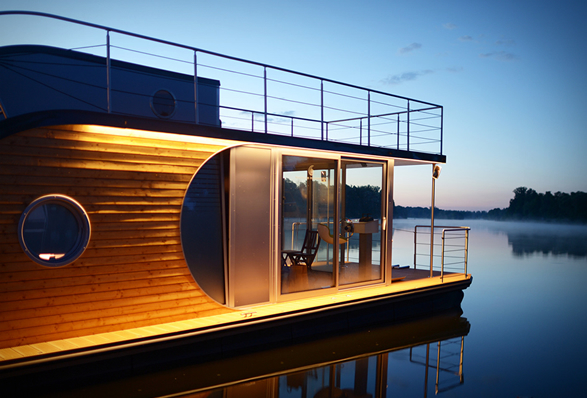
When it comes to living on a houseboat, only you can decide if it’s right. While there are certainly advantages and disadvantages to this lifestyle, its ultra-close proximity to water may mean it’s worth it! If you’re on the fence, you can try renting a houseboat to see if it’s for you. For example, Houseboating.org is a one-stop shop for rental opportunities across the country. Once you’ve had a houseboat vacation, make your decision from there.
Thomas Jepsen lists several factors to consider: “You have to consider that buying a houseboat is a major decision,” he says. “How long do you see yourself having the houseboat? Will you live in it permanently? Are you uprooting yourself from more convenient things like utilities, among others? In any case, there’s no right or wrong answer to this decision, but one that should match the house and the buyer’s lifestyle.”
At Lake Homes Realty, we’re all about the lake lifestyle – whether it’s a home or a houseboat! We hope these tips are helpful.

